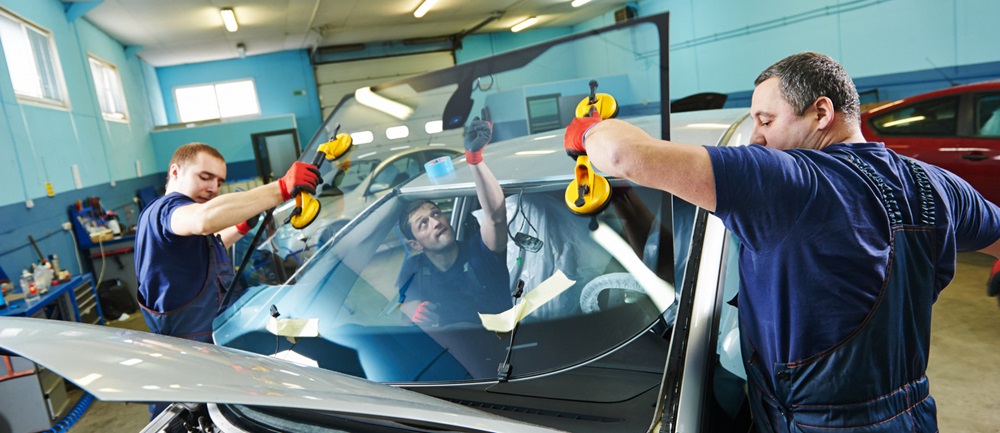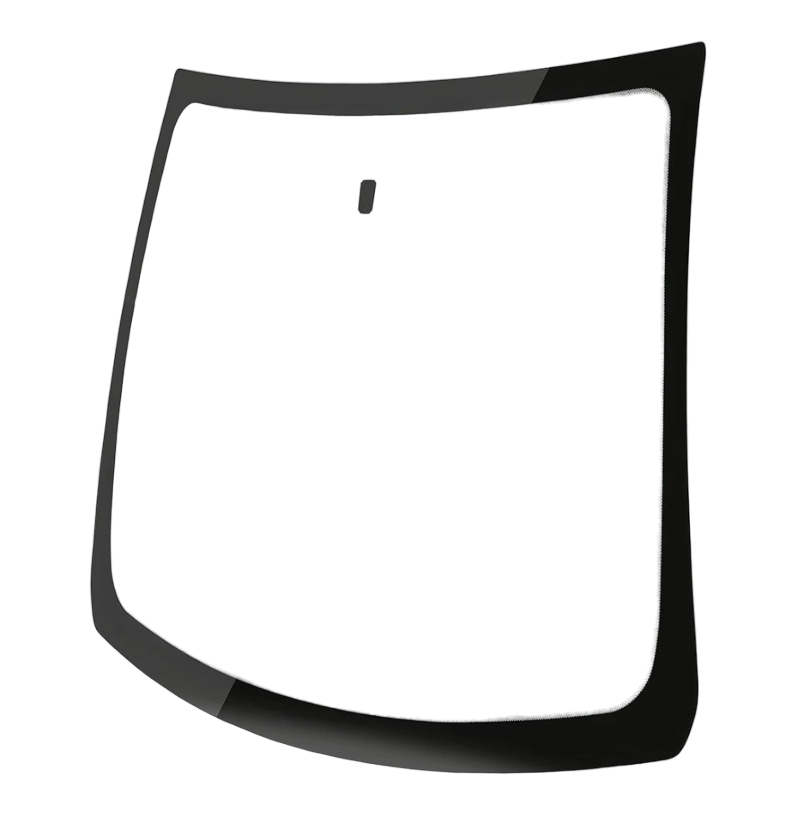
Exploring the World of Automotive Glass: Characteristics and Uses
Automotive glass plays a crucial role in the design, safety, and functionality of modern vehicles. From windshields to windows, automotive glass serves various purposes, providing visibility, protection, and structural integrity. In this comprehensive guide, we will delve into the characteristics, uses, and intriguing facts about automotive glass, shedding light on its importance in the automotive industry.
Characteristics of Automotive Glass:
Transparency: One of the primary characteristics of automotive glass is its transparency, which allows for clear visibility both inside and outside the vehicle.
Strength: Automotive glass is engineered to withstand impact and provide structural support to the vehicle, ensuring the safety of passengers.
Durability: Automotive glass is designed to withstand environmental factors such as temperature fluctuations, UV radiation, and debris, ensuring long-lasting performance.
Laminated Construction: Many modern automotive glass components, such as windshields, feature laminated construction, consisting of multiple layers of glass bonded together with a polymer interlayer. This construction enhances strength and prevents shattering upon impact.

Tempered Glass: Side and rear windows in vehicles are often made of tempered glass, which undergoes a heat treatment process to increase its strength and resistance to breakage.
Sound Insulation: Automotive glass also contributes to sound insulation, reducing external noise levels inside the vehicle and enhancing comfort for passengers.
UV Protection: Some automotive glass is treated with UV-blocking coatings to protect passengers from harmful ultraviolet rays, reducing the risk of skin damage and interior fading.
Uses of Automotive Glass:
Windshields: Windshields serve as the primary barrier between the driver and the elements, providing visibility and protection from debris, insects, and weather conditions.
Side Windows: Side windows offer ventilation, visibility, and access to external surroundings, enhancing the overall driving experience.
Rear Windows: Rear windows provide visibility to the rear of the vehicle and serve as an essential safety feature, allowing drivers to monitor traffic and surroundings.
Sunroofs: Sunroofs add aesthetic appeal and provide natural light and ventilation to the vehicle’s interior, enhancing comfort for passengers.
Mirrors: Automotive glass is used in rearview and side mirrors, allowing drivers to monitor surrounding vehicles and objects for safe maneuvering.
Headlights: Some modern vehicles feature glass lenses in headlights, contributing to the aesthetics and functionality of the vehicle’s lighting system.

Fascinating Facts about Automotive Glass:
The first laminated windshield was introduced by the French company Saint-Gobain in 1904, revolutionizing automotive safety.
Automotive glass is subjected to rigorous testing to ensure compliance with safety standards, including impact resistance, visibility, and optical clarity.
The windshield of a car contributes to the structural integrity of the vehicle, providing support to the roof and preventing collapse in the event of a rollover.
Automotive glass technology continues to evolve, with advancements such as heads-up displays (HUDs) embedded in windshields and self-tinting glass for enhanced comfort and safety.
Automotive glass recycling is an environmentally friendly practice that helps reduce waste and conserve resources. Recycled glass can be used to manufacture new automotive glass components, contributing to sustainability efforts in the automotive industry. Some luxury vehicles feature laminated side windows with acoustic interlayers, providing superior sound insulation and enhancing the overall driving experience. The concept of automotive glass dates back to the early days of automobiles when vehicles were equipped with rudimentary glass windows to protect occupants from the elements.
Automotive Glass is a critical component of modern vehicles, offering transparency, strength, and durability while fulfilling various functions such as visibility, protection, and structural support. From windshields to windows, automotive glass plays a vital role in enhancing the safety, comfort, and aesthetics of vehicles. As automotive technology continues to advance, so too will the capabilities and features of automotive glass, further improving the driving experience for millions of people around the world.





